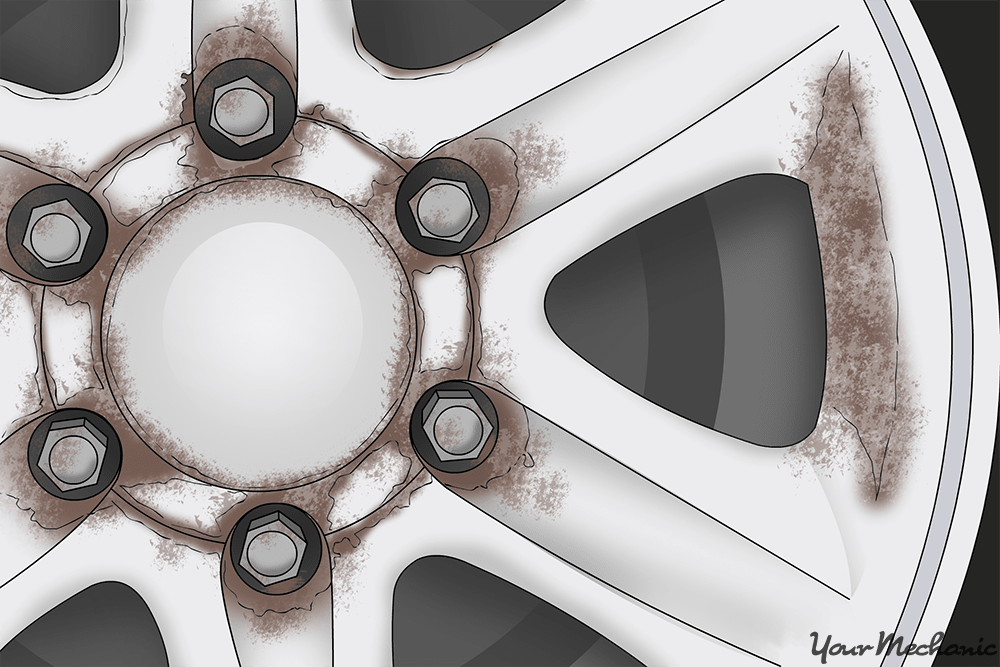

If you’re a DIY mechanic, it’s quite possible that you’ve encountered the dreaded brake dust shield while replacing brake pads. The brake dust shield is an original equipment manufacturer (OEM) part that helps protect brake system components and other suspension parts from the excessive collection of brake dust. As brake dust builds-up, it can become embedded between brake pads and the brake rotor, corrode the brake caliper and possibly lead to premature wear and tear — possibly even braking system failure. Unless you have a disc brake system, which cleans itself, the brake dust shield is important to protect the entire system. Still, many people wonder if brake dust shields are necessary.
To shed some light on this commonly asked question, let’s examine the top 3 reasons brake dust shields should not be removed.
1. Brake Dust Shields Extend Brake System Lifespan
Quick question: what causes excessive brake pad wear? If you answered friction, you’d be correct. But did you know that a leading source of friction comes from debris stuck between the brake pad and the brake rotor? Whether it’s dust from the brake pads, dirt from the road, or other debris, most brake problems from premature wear of components are due to excessive friction during normal use. When the brake dust shield is removed, the collection of brake dust on these critical components is accelerated. As a result, friction is increased when brake pads are applied to the rotor, which can increase the wear of pads and rotors. Keeping the brake dust shield installed can extend the life of pads, rotors, and even brake calipers.
2. Brake Dust Shields Reduce Road Grime Build-Up
Removing brake dust from your wheels is a very simple process. Most car owners can spray water from a high-pressure hose in-between the wheel’s “holes” and the light-powdered dust will easily fall from the brake calipers and rotors. However, removing road grime and dirt is not as simple. The brake dust shield is engineered by the designers of modern cars, trucks, and SUV’s to block the collection of not only brake dust, but other contaminants like road grime, dirt, and other particles that can collect on brake system parts.
People living in cold-weather climates have to deal with an additional culprit to premature brake wear and tear — the collection of road salt. Magnesium chloride, or ice-melt as it’s commonly known, is applied to cold-weather areas to reduce the build-up of ice on roads during snowy conditions. As the ice begins to melt, the salt starts sticking to brake system parts. When the water evaporates, the salt acts like sandpaper — literally grinding the brake pad and rotor every time the brakes are applied. The brake dust shield helps to block road grime, salt, and other contaminants from collecting on the brake system.
3. Absence of Brake Shields Can Lead to Brake System Failure
In a perfect world, car owners would replace their brakes as recommended by their manufacturers — usually every 30,000 miles. However, these recommendations are set by normal use, which includes using the vehicle with all OEM parts installed. By removing the brake dust shield, consumers are accelerating the wear and tear of brake pads and rotors. Although these components can display warning signs or symptoms, like grinding when applied or squeaking, they will continue to wear and can eventually fail.
While it might be tempting to remove the brake dust shield to avoid the extra step during brake pad replacement jobs, the risks simply outweigh any perceived benefits. It is always best to reinstall all OEM components when completing routine service and maintenance, which includes the brake dust shield on any car, truck, and SUV.



